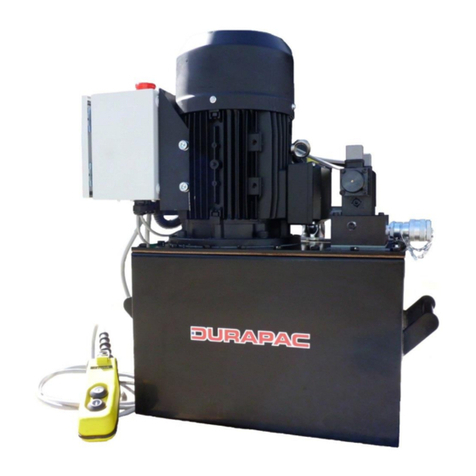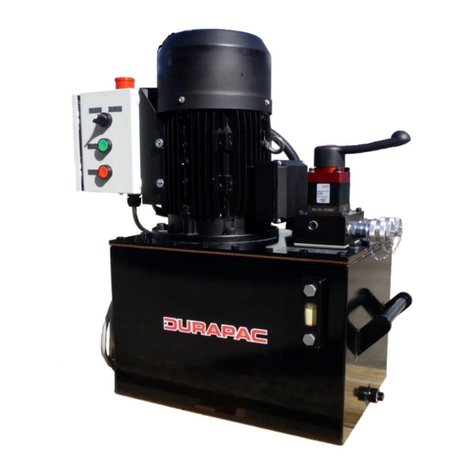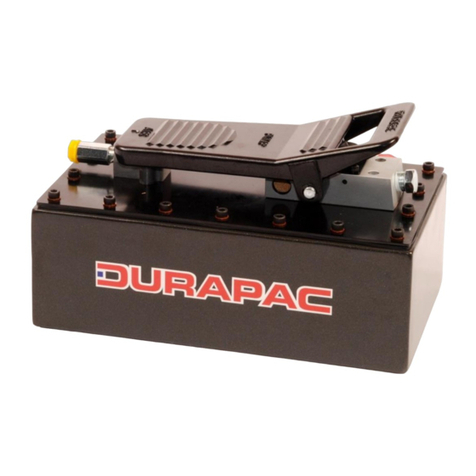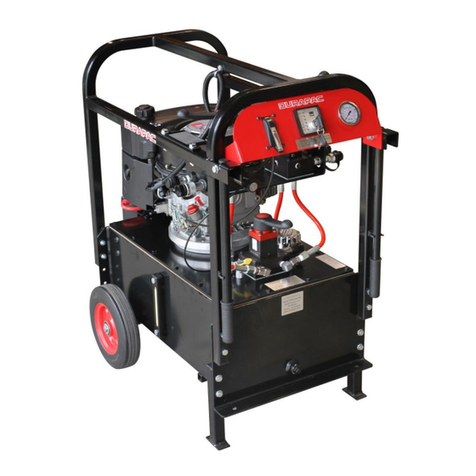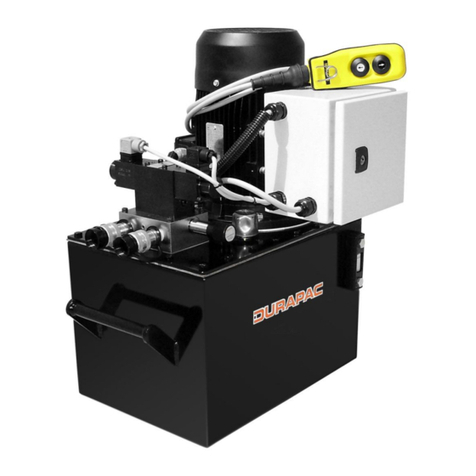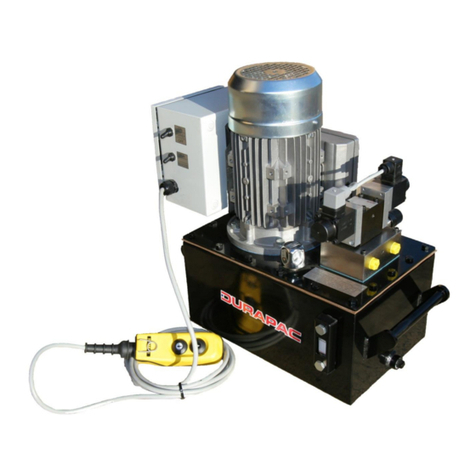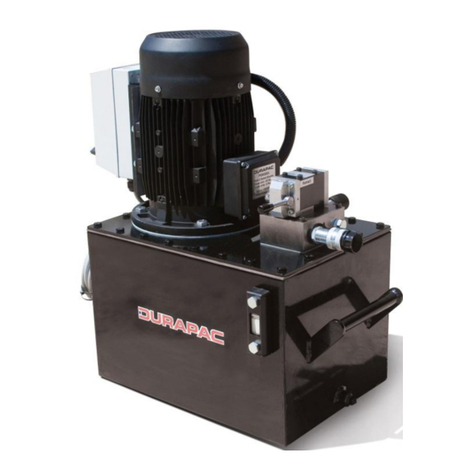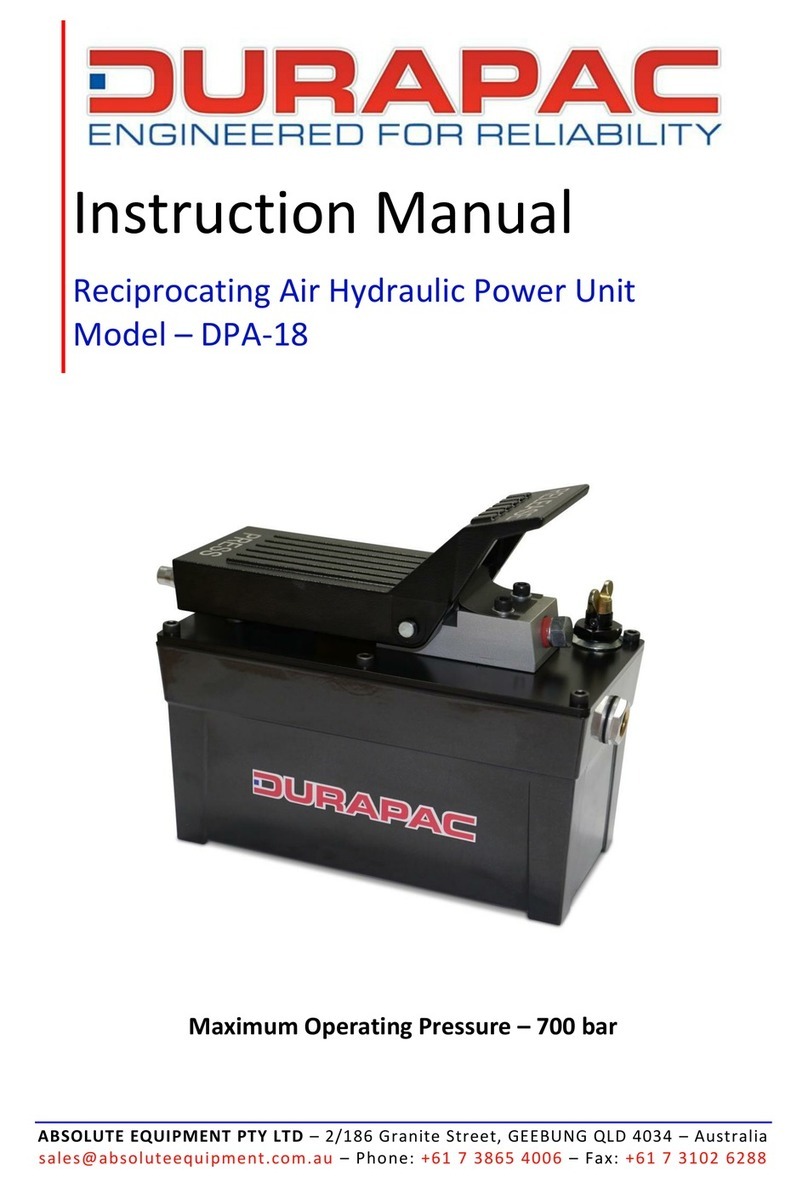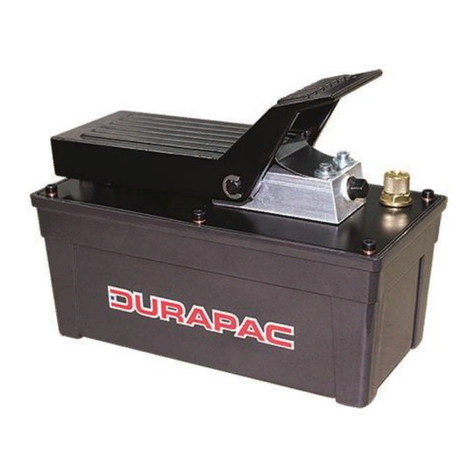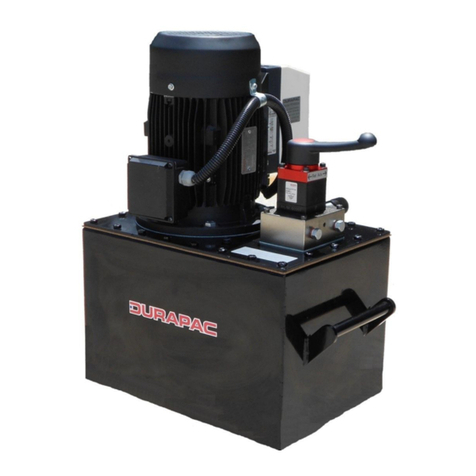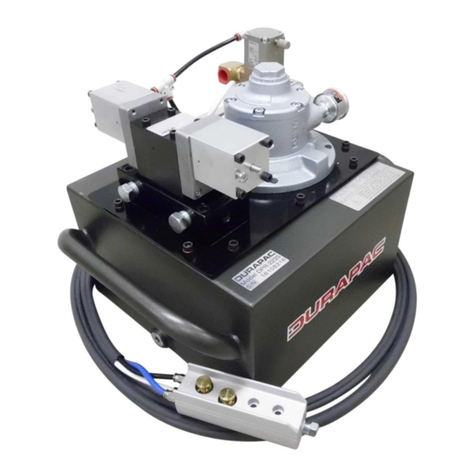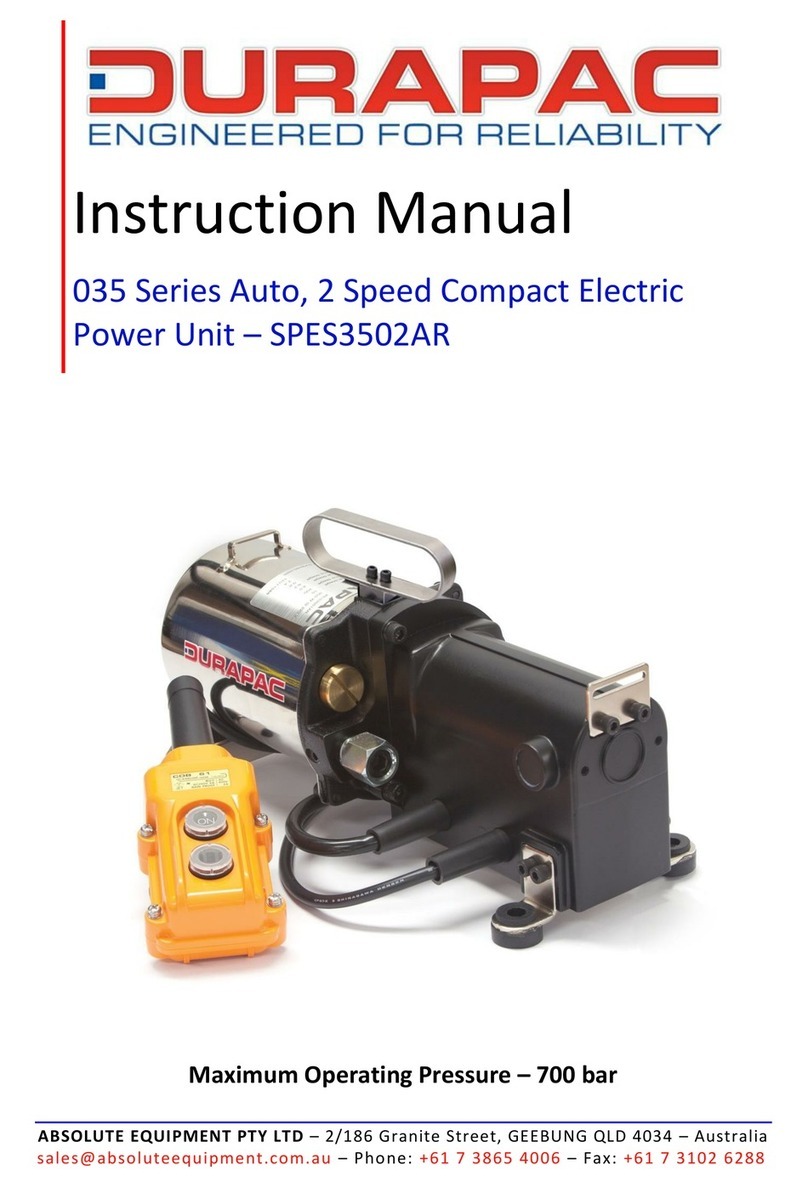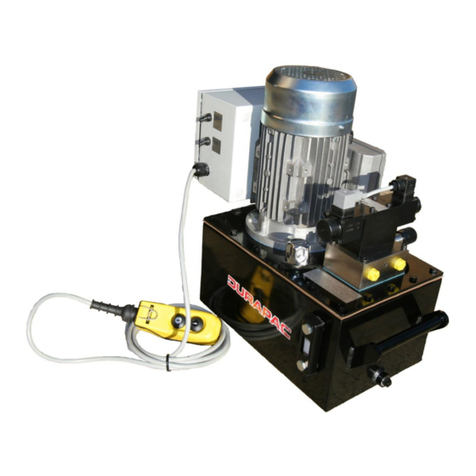Item Description Part No. Qty Item Description Part No. Qty
1 Steel bar ZBN1016 1 41 U-cup* ZBN1062 1
2 Foot pedal ZBN1017 1 42 Pump ZBN1095 1
3 E-clip* ZBN1034 2 43 Washer ZBN1063 1
4 Foot pedal bar ZBN1035 1 44 Special washer ZBN1064 1
5 Nut ZBN1036 1 45 Base ZBN1065 1
6 Silencer ZBN1013 1 46 Pad B ZBN1012 1
7 C-clip ZBN1003 1 47 O-ring ZBN1000 2
8 O-ring* ZBN1037 2 48 Compressing spring ZBN1066 1
9 Back-up ring* ZBN1038 2 49 Screw ZBN1067 1
10 Oil outlet valve ZBN1039 1 50 Air entrance cap ZBN1068 1
11 Compressing spring ZBN1040 1 51 O-ring ZBN1069 1
12 Steel ball ZBN1041 1 52 Plastic cover ZBN1007 1
13 O-ring ZBN1001 1 53 Connector ZBN1156 1
14 Screw ZBN1161 18 54 Air entrance base ZBN1070 1
15 Washer ZBN1091 18 55 Air entrance valve ZBN1014 1
16 Oil tank cover ZBN1162 1 56 O-ring ZBN1071 1
17 Screw ZBN1043 1 57 Screw ZBN1072 6
18 Steel ball block ZBN1044 1 58a Shipping plug (red) ZBN1073 1
19 Steel ball ZBN1045 1 58b Air vent plug (black) ZBN1167 1
20a Special washer* ZBN1046 1 59 Compressing spring ZBN1074 1
20b Special washer* 1 60 Screw ZBN1075 1
21 High pressure valve 1 61 Compressing spring* ZBN1076 1
22 Nail 1 62 Steel ball block ZBN1077 1
23 Compressing spring 1 63 Steel ball ZBN1078 1
24 Pressure adjust. nut 1 64 Release valve ZBN1079 1
25 Steel ball ZBN1051 1 65 Release base ZBN1080 1
26 Oil entrance valve ZBN1163 1 66 O-ring* ZBN1081 1
27 Filter ZBN1002 1 67 Back-up ring* ZBN1082 1
28 Pad ZBN1164 1 68 Bevel compress. Spring ZBN1083 1
29 Magnet ZBN1092 1 69 Release nail ZBN1084 1
30 Reservoir ZBN1166 1 70 Release bar ZBN1085 1
31 Screw ZBN1053 4 71 O-ring* ZBN1086 1
32 Motor cover ZBN1054 1 72 Pad A* ZBN1087 1
33 Cylinder washer ZBN1055 2 73 C-clip ZBN1004 1
34 Air piston assembly ZBN1005 1 74 Silencer ZBN1006 1
35 Cylinder ZBN1056 1 75 Dust cap ZBN1018 1
36 Piston assembly ZBN1093 1 76 Oil outlet base ZBN1088 1
37 Compressing spring ZBN1058 1 77 Leaf spring ZBN1015 1
38 Piston cover ZBN1059 1 78 Screw ZBN1042 2
39 Bush ZBN1094 1 Repair kit ZBN1010 1
40 Back-up ring ZBN1061 1 High Pressure Valve Assy ZBN1124 1
